Palazzo Cini Gallery





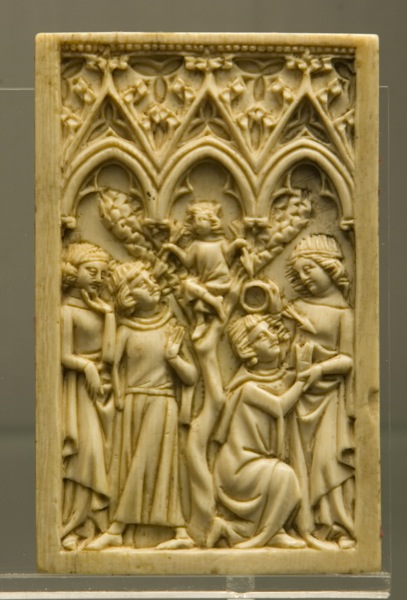









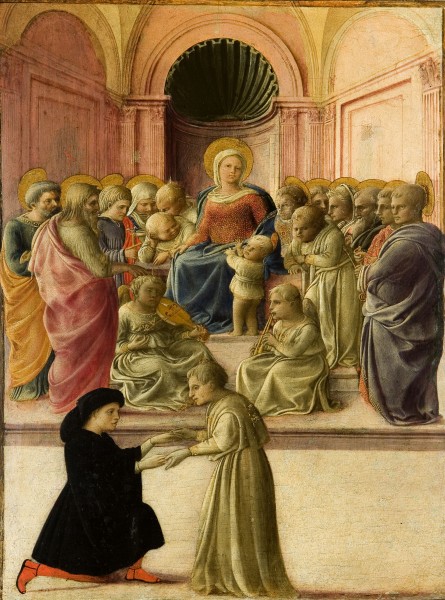




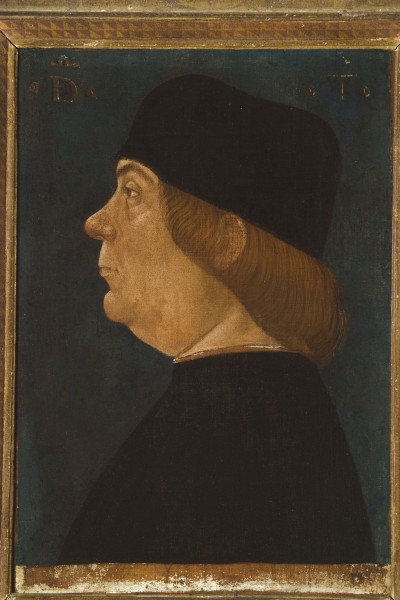
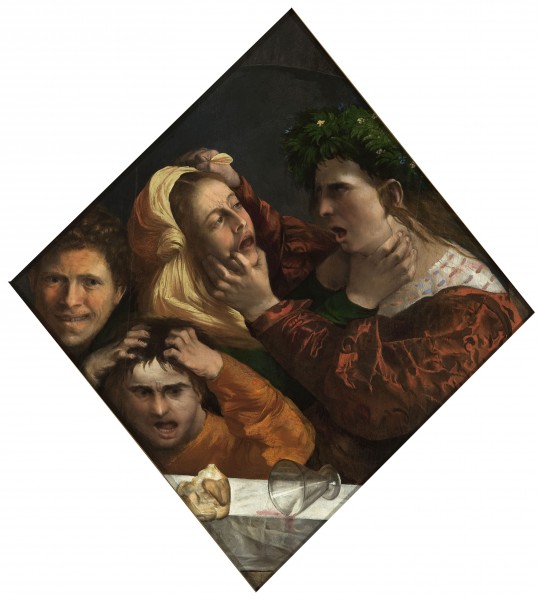


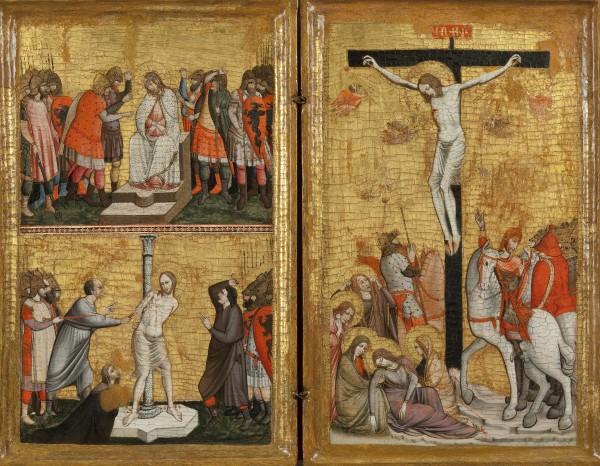







Conceived as a house-museum, the Palazzo Cini Gallery was opened in 1984, after having been donated by Princess Yana Cini Alliata di Montereale, Vittorio Cini’s daughter. In 1981 she had already presented the Foundation with a large group of Tuscan paintings, a number of fine sculptures and various art objects. The Tuscan paintings and a group of Ferrara paintings, left in storage at the Gallery in 1989, courtesy of Vittorio Cini’s second daughter, Yilda Cini Guglielmi di Vulci are laid out in the rooms on the piano nobile of the Palazzo Valmarana (previously the Palazzo Grimani, owned by the Santa Maria Formosa branch of the family), which was acquired by Vittorio Cini in 1919. This unique collection on the Venetian museum scene consists of a representative selection of the Tuscan and Ferrara schools of painting from the 13th to the 16th century, plus some interesting works by artists from other areas such as Guariento, the Master of the Silver Crucifix and the Master of the Cini Diptych. The art objects and furnishings in the Gallery are also of a very high standard and range from furniture to mirrors, cassoni, enamelled copper objects and porcelain and ivory items. The great variety of the works testifies to Vittorio Cini’s very wide-ranging collecting interests.
The masterpieces in the Tuscan collection include: a 13th-century processional crucifix from the circle of Giunta Pisano (a rare example of a type of cross pertaining to the spirituality of the mendicant orders); a polyptych by Francesco dell’Orcagna from the church of Santa Caterina, Pisa; a Madonna and Child with Saints and Angel Musicians (oil on wood) by Filippo Lippi, which renders in painting Brunelleschian perspectives and architectural solutions; a Madonna and Child with Two Angels by Piero di Cosimo, reminiscent of Da Vinci’s more tender manner and come down to us in an excellent state of preservation; a Madonna and Child by Piero della Francesca, one of the great artist’s late works; a large wooden panel with the Judgment of Paris by Botticelli and his workshop; and, lastly, the Double Portrait of Friends by Jacopo Pontormo, which, with its subtly woven painted texture, heightened by transparent varnishes, occupies a pre-eminent position in 16th-century portraiture on account of its acute psychological characterisation.
Among the other artists represented in the collections are Taddeo Gaddi, Bernardo Daddi, Lorenzo di Niccolò, Lorenzo Monaco, Stefano di Giovanni called Sassetta, Francesco Neri da Volterra, Pietro di Giovanni Ambrosi, Lorenzo di Pietro called Vecchietta and Domenico Ghirlandaio.
Piero di Cosimo (Florence, 1462-1522)
Madonna and Child with Two Angels
Venice, Fondazione Giorgio Cini, Palazzo Cini Gallery a San Vio
c. 1507
Oil (and tempera ?) on wood, 115.5 × 83.5 cm
Provenance: Florence, Baroni Ricasoli collection, until 1957; Florence, collection of the antiquarian Giovanni Salocchi, 1957; Venice, Vittorio Cini Collection, until 1977; Venice, heirs of Cini, until 1981 (donation of the Princess Yana Cini Alliata di Montereale).
Piero di Cosimo’s Madonna and Child with Two Angels was acquired by Vittorio Cini on the Florence antiques market in 1957. It is one of the greatest works of the late Renaissance and as such one of the masterpieces in the Palazzo Cini Gallery. Seated on grass near a lake, the Virgin Mary waits while an adolescent angel on her right finishes tuning a bowed, three-stringed instrument with expert hands. The shape of the instrument suggests the rebec, the predecessor of the viola da gamba and similar in shape to the mandolin, while the neck of the instrument, it too with a sound hole, seems closer to the Spanish-origin citole. The Child Jesus lolls on his mother’s knee, resting his hand on the musician angel’s wing, as if to keep his balance while playfully trying to pull the bow away. In the middle distance a cantor angel, sitting apart, is concentrated on the open manuscript with the music for liturgical chants that he is holding. The Virgin Mary seems to be holding the same book closed in her left hand. Full of joy and jubilation, albeit veiled by a gentle sadness, the subject effectively combines the theme of Mary’s humility with the significance of the redemption underlying the score of the Magnificat, the Virgin’s thanksgiving for the promised coming of the Saviour and hymn to the Glory of the Lord: the innermost meaning of the work must thus be sought in the iconology of celestial music and cosmic harmony, alluded to by the redemptive significance of the Incarnation.
A synthesis of the various stylistic leanings and innovative formal experiments typically found in Florentine art at the turn of the 16th century, the painting can be dated to around the same time as the altarpiece of the Incarnation of Jesus that Piero painted for the church of the Santissima Annunziata, now in the Uffizi: both works have the same erudite iconography and the use of the same impasto technique with opalescent hues. The obvious echoes of Leonardo da Vinci are present in several places and especially in the pose of the left angel, derived from a study in Windsor for the Kneeling Leda, a painting that Da Vinci conceived in 1504. Piero uses his own personal interpretation of the sfumato technique to enliven the meteorological effects already acknowledged by Vasari. Moreover, Raphael’s Florentine works also exercised an influence. His innovative pyramid compositional structure and the way he joins up figures are echoed in the Cini paintings (see, for example the Canigiani Madonna of 1507-1508, which we can take as a probable post quem date). Other important stylistic references are the Flemish artists in Florence and German art, especially the works that Dürer painting on his Italian journey: the Northerners’ vivid material rendering of detail can be found in the clear-cut drapery, the vibrant metallic hair lit by gilded glimmerings, the stupendous piece of the Virgin’s veil and the still life of the musical instrument, while echoes of northern European landscapes can be detected in the glimpse of a distant towered city.
The painting can be inspected very clearly thanks to the excellent state of conservation of the painted surface, characterised by shiny, velvety impastos in which the colours are mixed in a well-proven tonal synthesis derived from Leonardo da Vinci and tend to produce an enamelled effect thanks to the refined oil glazes.
On the grounds of its quality and size, this is one of the most important private collections of Renaissance art from Ferrara. It includes masterpieces such as the wood panel with St George by Cosmè Tura, from a disassembled portable altarpiece, the three spires with St Catherine of Alexandria, St Jerome and St George by Ercole de’ Roberti, from the Griffoni Polyptych, previously in the church of San Petronio, Bologna; and a wooden panel with an Allegoric scene by Dosso Dossi, once part of a ceiling decoration in the bedroom of Alfonso I d’Este in the Castello Estense, Ferrara. Moreover, the presence of works by artists such as Marco Zoppo, Baldassarrre d’Este, Ludovico Mazzolino, Lorenzo Costa and Ortolano, makes the collection truly representative of 15th- and 16th-century art in Ferarra.
